Wanted to share my talk on “Mildred Pierce” (1945, Michael Curtiz) on Saturday, Sept. 20, at the West Hollywood Library. The library’s Corey Roskin introduced me. Hope you enjoy!
The movie was popular with critics and audiences, and it garnered six Academy Award nominations including best picture. Joan Crawford won for best actress. The superb cast members (Eve Arden, Ann Blyth, Jack Carson, Bruce Bennett, Zachary Scott) balance Crawford beautifully. Arden and Blyth both got Oscar nods for supporting actress.
The screening was part of WeHo Reads, a noir-themed month-long literary program.





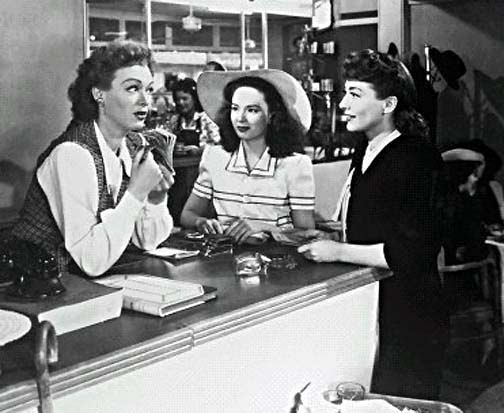

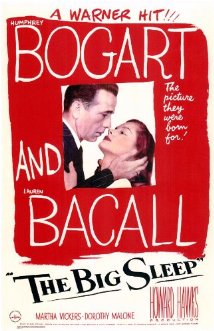
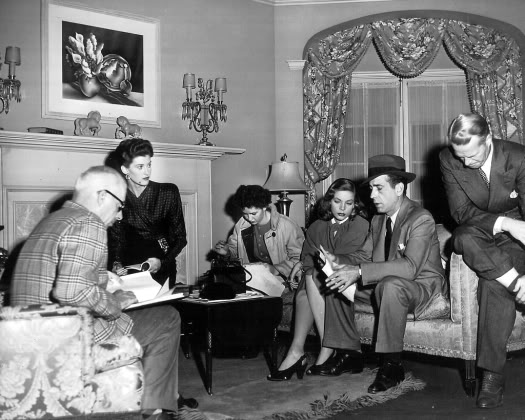

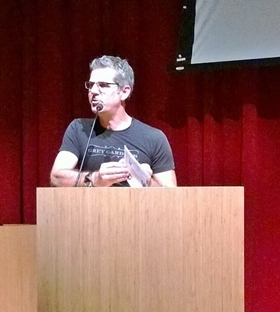
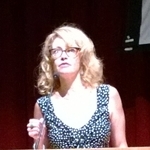
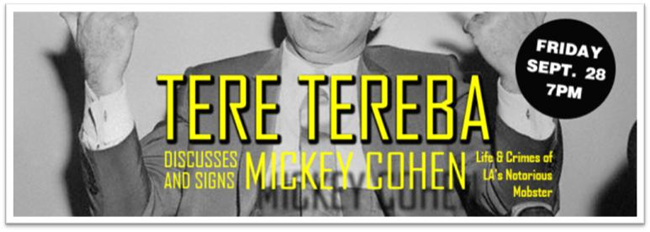





From FNB readers